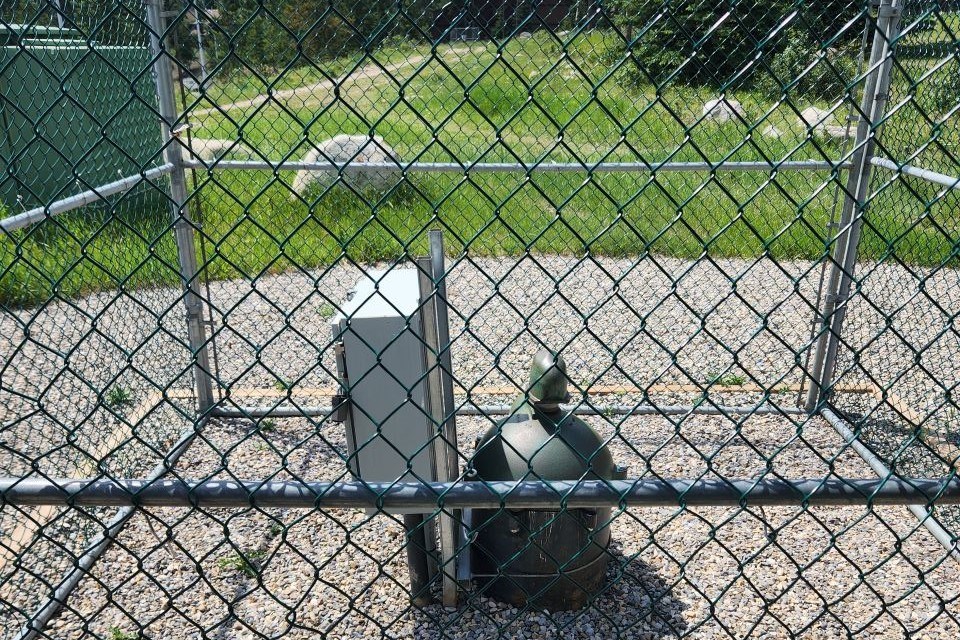With Jasper located in the mountains so close to the source of glacial meltwater, the town is in a pretty good position when it comes to water supply, says utilities manager Vidal Michaud.
He explained that the aquifer and well levels are constantly monitored.
“Actually, over the past 20 years, there hasn't been any decrease noticed. We’re not noticing anything out of the ordinary for this year,” he said. “The conditionally of the aquifers is constantly being assessed.”
Alberta as a whole has dealt with drought conditions during two of the past three years, according to a press release from the Ministry of Environment and Protected Areas in December.
Last year was particularly dry as early depletion of mountain snow combined with below-average precipitation throughout the year, leading to a serious drought in much of the province.
Now in early 2024, the province is currently at Stage 4 of its water shortage management plan. Moving to Stage 5 would include an emergency declaration under the Water Act, the press release says.
“When it comes to water, we are all in this together. We cannot make it rain or snow, but we are preparing in case the province faces water shortages,” stated Rebecca Schulz, minister of Environment and Protected Areas, in the release.
Part of those preparations involve the province issuing a request for proposal to help conduct modelling throughout the winter. It also seeks to work with all users including municipalities and industry to explore ways to maximize the province’s water supply.
Jasper is not currently under any drought advisories or warnings. It has actually seen a downward trend in water consumption, due in large part to residents and business owners investing in redoing their plumbing and fixtures along with the municipality’s proactive approach in trying to correct water leaks.
The municipality has also been more actively controlling its bleeder program to make sure only necessary bleeders are in use and only during a set three-month period.
A bleeder is a device attached to a water service that allows a pencil-width stream of water to discharge through the water line and into the sewer. Doing so greatly reduces the potential for water line freezing.
The municipality’s chief administrative officer must approve all bleeders, according to the Water Services Bylaw. The municipality advises starting this from Feb. 1 to April 30, with a flow rate of one to 1.5 liters per minute. This simple step can help prevent freezing and ensure a steady water supply.
Those two efforts have helped Jasper make considerable gains in the never-ending battle to conserve water.
Jasper’s utility rates encourage conservation, which is different than many communities that have a descending cost on water, meaning the more you use, the less you pay, explained director of operations John Greathead.
“We have this rate model to encourage conservation, so the more you use, the more you pay. That's having a significant impact on the some of our larger users.”
Using acoustic listening devices and “SmartBalls” (which relay real-time data from inside water mains), his crew recently fixed a major leak that was draining out 1.3 million litres of water a day in the S-block.
The municipality has also contracted a consulting firm to prepare a utility master plan, part of which will assess the hydrological reserve in an effort to prepare for future water availability over the next 25 to 50 years.
“We live in the mountains; our situation is really good right now, but we're not sitting on it,” Greathead said.




